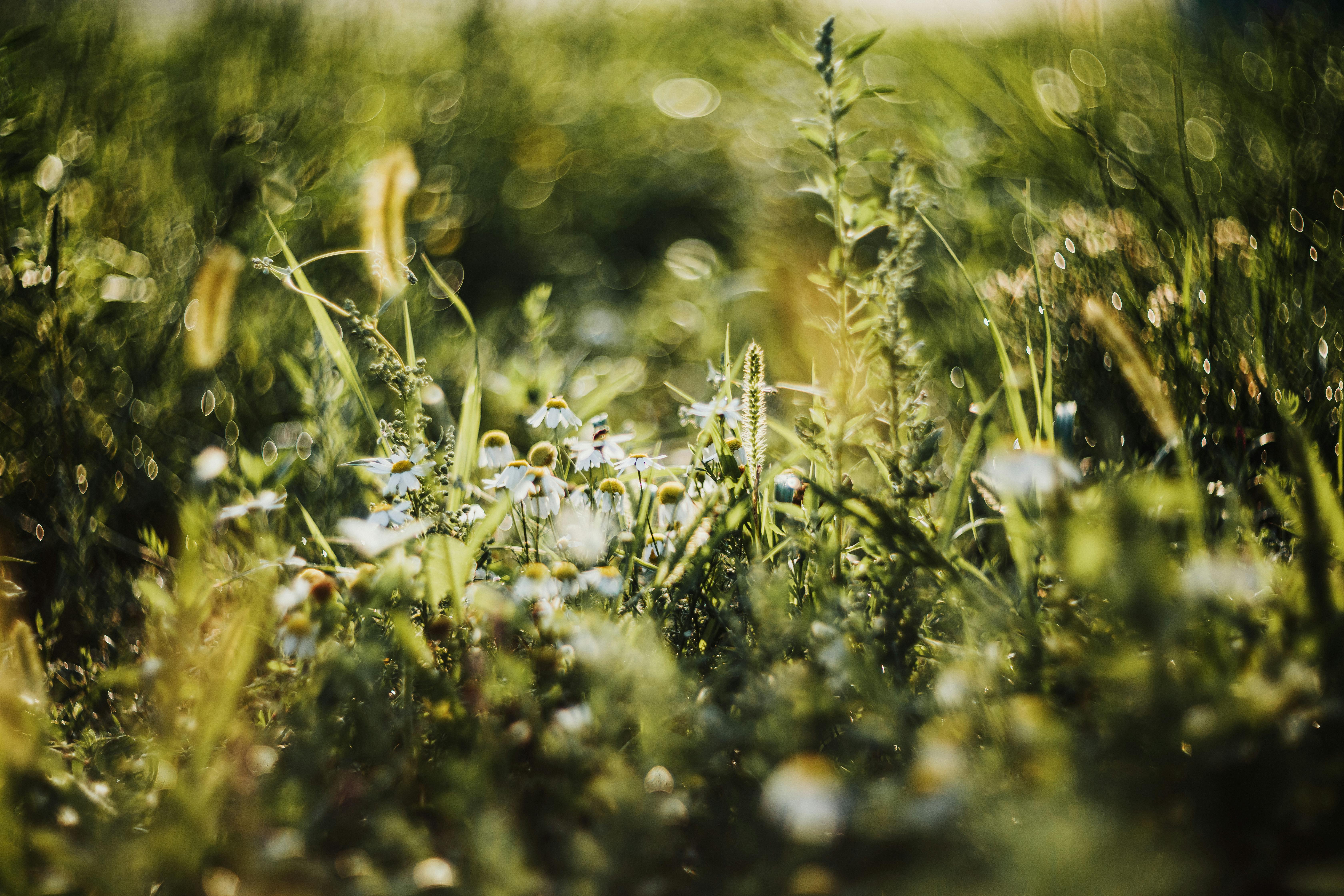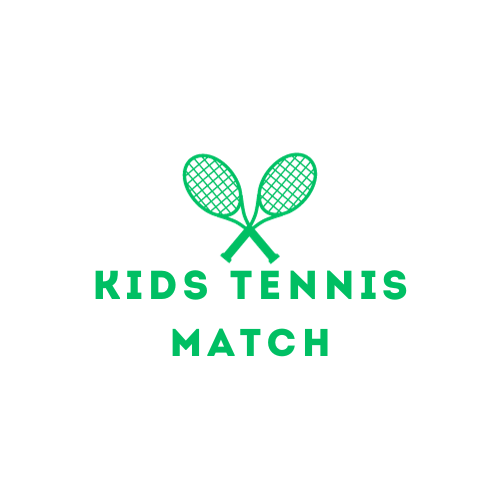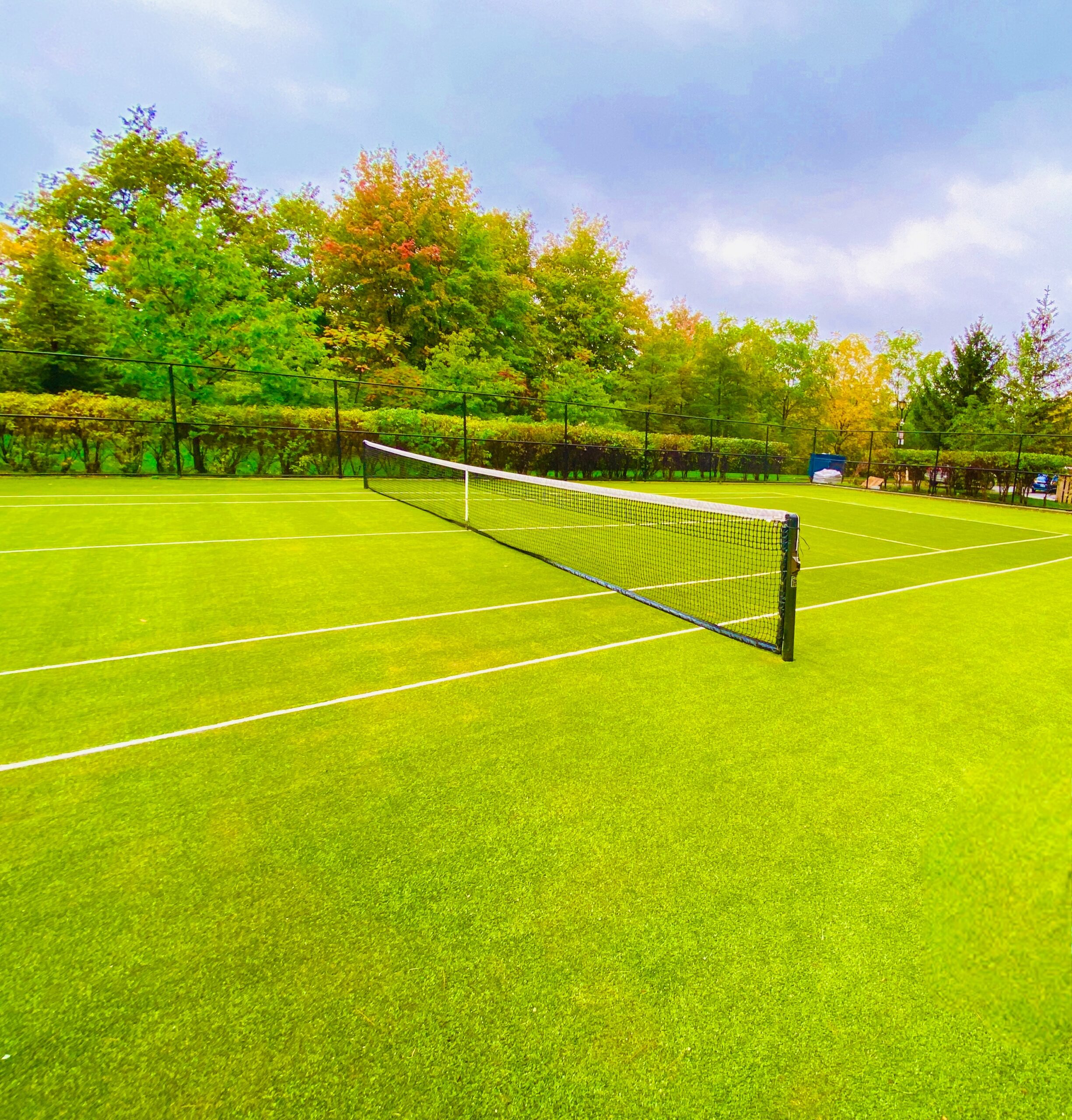If your child is an aspiring tennis player, but has allergies to grass or pollen, you might be wondering if it’s possible for them to pursue this sport. Dealing with allergic reactions can definitely be challenging, but there are ways to manage and minimize the impact. In this article, we will explore some practical tips and solutions to help your child participate in tennis and enjoy the sport they love, even with allergies to grass or pollen.

Benefits of Playing Tennis
Physical Fitness
Playing tennis is a fantastic way to improve your physical fitness. It is a high-intensity sport that involves running, jumping, and quick movements, which can help improve cardiovascular health and strengthen muscles. By playing tennis regularly, you can increase your endurance, flexibility, and overall strength.
Coordination and Balance
Tennis requires excellent hand-eye coordination and balance. Constantly tracking the ball and hitting it with precision requires focus and agility. With regular tennis practice, you can enhance your coordination skills, which can have a positive impact on other areas of your life, such as improved multitasking abilities and better motor skills.
Social Interaction
One of the great benefits of playing tennis is the social aspect. Tennis can be enjoyed as both a team sport and a singles sport, allowing you to meet new people and build lasting friendships. Whether you join a tennis club or play in local tournaments, you’ll have the opportunity to connect with like-minded individuals who share your love for the sport.
Mental Agility
Tennis is not just physically demanding, but also mentally challenging. It requires quick decision-making, problem-solving, and strategic thinking. The constant pressure and need to stay focused during a match can improve your mental agility and concentration skills, which can be applicable in various aspects of your life, including academics and work.
Understanding Grass and Pollen Allergies
Types of Grass Allergies
Grass allergies are quite common, and they can be triggered by various types of grasses, such as Bermuda grass, Kentucky bluegrass, and Timothy grass. Each type of grass may release pollen at different times of the year, causing allergic reactions in susceptible individuals.
Symptoms of Grass Allergies
Common symptoms of grass allergies include itchy and watery eyes, sneezing, runny or stuffy nose, coughing, and skin rash or hives. In severe cases, grass allergies can also lead to asthma symptoms, such as wheezing and difficulty breathing.
Types of Pollen Allergies
Pollen allergies, commonly known as hay fever or seasonal allergic rhinitis, can be caused by various types of pollen, including tree pollen, weed pollen, and grass pollen. Grass pollen allergies are particularly common during the spring and summer months.
Symptoms of Pollen Allergies
Similar to grass allergies, symptoms of pollen allergies include sneezing, itchy and watery eyes, runny or stuffy nose, coughing, and skin reactions. Some individuals may also experience fatigue and difficulty concentrating due to the allergic response.
Effects of Allergies on Tennis Performance
Impact of Grass Allergies on Tennis
If your child has grass allergies and plays tennis on grass courts, their performance may be affected. Contact with allergenic grass can trigger symptoms such as itching, sneezing, and breathing difficulties, leading to discomfort and decreased focus during matches. It is essential to manage grass allergies effectively to ensure optimal performance on the tennis court.
Impact of Pollen Allergies on Tennis
Pollen allergies can also have a significant impact on tennis performance. Outdoor tennis courts exposed to pollen can cause allergic reactions in susceptible individuals. Symptoms like sneezing, congestion, and itchy eyes can hamper your child’s ability to concentrate and perform their best during matches.
Preventing Allergic Reactions
Medication and Treatment Options
There are various medication and treatment options available to manage grass and pollen allergies. Over-the-counter antihistamines can help alleviate symptoms, while nasal sprays can provide relief for nasal congestion. It is advisable to consult with a healthcare professional to determine the best course of treatment for your child’s specific allergies.
Environmental and Lifestyle Changes
Making certain environmental and lifestyle changes can also help prevent allergic reactions. Limiting exposure to grass and pollen by avoiding playing tennis during peak allergy seasons or opting for indoor courts can significantly reduce symptoms. Additionally, keeping windows closed, using air purifiers, and regularly cleaning tennis equipment can help minimize exposure to allergens.
Proper Hygiene Practices
Practicing proper hygiene can go a long way in preventing allergic reactions. Encourage your child to wash their hands and face thoroughly after playing tennis to remove any traces of grass or pollen. Changing clothes and showering immediately after practice or matches can also help reduce allergen exposure.
Tennis Court Options
Grass Courts
Grass courts are the traditional surface for tennis and provide a unique playing experience. However, for individuals with grass allergies, playing on grass courts can be challenging. The presence of allergenic grass and pollen in the air can trigger allergic reactions, making it important to consider alternative court options.
Clay Courts
Clay courts are made of crushed brick or shale and offer a slower playing surface compared to grass. They are generally considered more allergy-friendly, as the clay absorbs pollen, reducing exposure. However, it is important to note that dust from the clay surface can still trigger allergies in some individuals.
Hard Courts
Hard courts, made of asphalt or concrete, are the most common type of tennis surface. They are generally considered allergy-friendly since there is no grass or pollen exposure. Hard courts provide a consistent playing surface that is suitable for players with allergies to grass or pollen.
Choosing the Right Time to Play
Time of Day
Choosing the right time of day to play tennis can help minimize exposure to allergens. Pollen counts are typically highest in the early morning and late afternoon, so scheduling matches or practice sessions during midday can reduce the risk of allergic reactions. It is also beneficial to check local pollen forecasts to plan tennis activities accordingly.
Seasonal Considerations
Pollen allergies are usually seasonal, with different types of pollen being prevalent during specific times of the year. Understanding the peak allergy seasons in your region can help you plan tennis activities accordingly. By avoiding playing during the times when allergen levels are highest, you can reduce the risk of allergic reactions and ensure a more enjoyable tennis experience.

Protective Measures on the Tennis Court
Wearing Protective Clothing
Wearing appropriate clothing can help reduce allergen exposure on the tennis court. Long-sleeved shirts, long pants, and hats can provide a physical barrier against grass or pollen. It is also advisable to opt for clothing made of breathable fabrics to prevent overheating during play.
Using Antihistamines or Nasal Sprays
Taking antihistamines or using nasal sprays can provide temporary relief from allergy symptoms. It is essential to follow the dosage instructions provided by a healthcare professional and ensure that these medications are used in a safe and responsible manner.
Applying Sunscreen and Lip Balm
Protecting your skin from the sun’s harmful rays is crucial when playing tennis. Apply sunscreen with a high SPF to exposed areas of the skin and don’t forget to apply lip balm to prevent chapped lips. Some sunscreens and lip balms are specifically formulated for individuals with allergies, making them suitable choices for tennis players with sensitivities.
Alternate Sports Options
Indoor Tennis
If your child’s allergies are severe or directly related to grass and pollen, indoor tennis may be a suitable alternative. Indoor courts provide a controlled environment, minimizing exposure to outdoor allergens. Playing tennis indoors can allow your child to continue participating in the sport they love while reducing the risk of allergic reactions.
Sports with Less Exposure to Grass or Pollen
If tennis proves to be too triggering for your child’s allergies, there are other sports that involve less exposure to grass or pollen. Swimming, indoor volleyball, or basketball are great options that can provide physical activity and social interaction without the risk of allergic reactions.
Non-Contact Sports
Non-contact sports such as track and field, cycling, or gymnastics may also be suitable for individuals with grass or pollen allergies. These sports typically involve minimal exposure to allergens, allowing your child to enjoy physical activity while managing their allergies effectively.

Consulting with a Healthcare Professional
Allergy Testing and Diagnosis
If your child’s allergies are significantly impacting their tennis performance, it is advisable to seek professional medical advice. Allergy testing can help identify specific allergens and determine the most appropriate management strategies. A healthcare professional can provide a comprehensive diagnosis and guide you in creating an allergy management plan tailored to your child’s needs.
Creating an Allergy Management Plan
With the guidance of a healthcare professional, you can develop an effective allergy management plan for your child. This plan may include a combination of medication, lifestyle changes, and preventative measures to minimize allergic reactions. By effectively managing your child’s allergies, you can strike a balance between their sports participation and overall well-being.
Conclusion
Assessing your child’s individual situation and finding a balance between allergy management and sports participation is key. By understanding the impact of grass and pollen allergies on tennis performance, implementing preventative measures, and exploring alternate sports options, your child can continue to enjoy the benefits of physical activity while managing their allergies effectively. With the guidance of healthcare professionals and a supportive approach, your child can thrive in both their chosen sport and their overall well-being.



